Home>Gardening & Outdoor>Outdoor Recreation & Activities>How To Secure A Trampoline From Wind
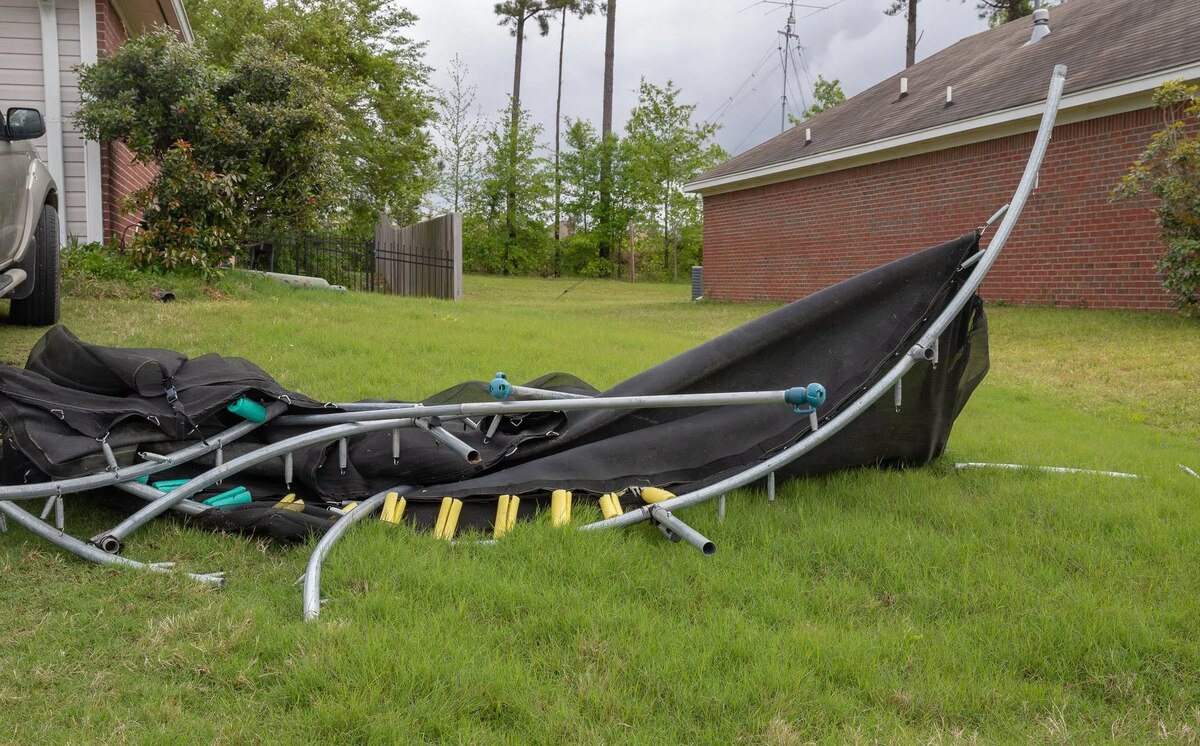

Outdoor Recreation & Activities
How To Secure A Trampoline From Wind
Modified: October 20, 2024
Learn how to protect your trampoline from strong winds with our expert tips and techniques. Safeguard your outdoor recreation and activities with these essential windproofing strategies.
(Many of the links in this article redirect to a specific reviewed product. Your purchase of these products through affiliate links helps to generate commission for Storables.com, at no extra cost. Learn more)
Introduction
Trampolines are a fantastic source of fun and exercise for families, but they can also pose safety risks, especially in windy conditions. Understanding how to secure a trampoline from wind is crucial for ensuring the safety of both the equipment and its users. In this guide, we'll explore effective strategies for safeguarding your trampoline against the perils of wind, helping you enjoy peace of mind during every bounce.
When the wind picks up, a trampoline can become a hazardous projectile, posing a threat to nearby property and individuals. By taking proactive measures to secure your trampoline, you can mitigate these risks and extend the lifespan of your equipment. From selecting an optimal location to implementing wind-resistant features, this comprehensive guide will equip you with the knowledge and techniques necessary to safeguard your trampoline in windy conditions.
Let's delve into the intricacies of wind hazards and discover the best practices for fortifying your trampoline against the elements. Whether you're a seasoned trampoline owner or considering investing in this exhilarating piece of outdoor equipment, this guide will empower you to make informed decisions and take the necessary steps to protect your trampoline from wind-related dangers.
Key Takeaways:
- Secure your trampoline by choosing a sheltered location, anchoring it firmly, and adding wind-resistant features to minimize the risk of wind-related accidents and damage.
- Regular maintenance and inspections are crucial for upholding your trampoline’s stability and safety, ensuring a worry-free trampolining experience, even in windy conditions.
Read also: 15 Best Trampoline Wind Stakes For 2025
Understanding Wind Hazards
Before delving into the specifics of securing a trampoline from wind, it’s essential to grasp the potential hazards posed by strong gusts. Wind can exert significant force on a trampoline, causing it to shift, tip over, or even become airborne. The risk of wind-related accidents and damage increases as the speed and intensity of the gusts rise.
Trampolines are particularly vulnerable to wind due to their large surface area and lightweight construction. When exposed to strong winds, they can act as sails, catching the air and becoming airborne projectiles. This not only endangers the trampoline itself but also poses a threat to people and property in the vicinity.
Understanding the wind speed ratings for your specific trampoline model is crucial. Most manufacturers provide guidelines regarding the maximum wind speed that their trampolines can withstand. It’s imperative to adhere to these recommendations and take necessary precautions when wind speeds approach or exceed the specified limits.
Furthermore, local weather patterns and topographical features can influence wind behavior. For instance, trampolines situated in open, elevated areas are more susceptible to strong gusts than those nestled in sheltered locations. By familiarizing yourself with the typical wind conditions in your area, you can better assess the risks and implement appropriate measures to fortify your trampoline against these potential hazards.
By gaining insight into the dynamics of wind hazards, you can make informed decisions about securing your trampoline and mitigating the associated risks. With this foundational understanding, you’ll be better equipped to select an optimal location for your trampoline and implement effective wind-resistant measures.
Choosing the Right Location
When it comes to securing a trampoline from wind, selecting the right location is a fundamental step in mitigating potential hazards. The placement of your trampoline can significantly impact its susceptibility to strong gusts and other environmental factors.
Opt for a sheltered location whenever possible. Placing the trampoline near natural windbreaks, such as hedges, fences, or walls, can provide valuable protection against strong gusts. These barriers help deflect and reduce the impact of wind, minimizing the risk of the trampoline being displaced or damaged.
Furthermore, consider the topography of your yard or outdoor space. Trampolines situated in low-lying areas are less exposed to strong winds than those positioned on elevated ground. If your property features a slope or incline, consider placing the trampoline in a lower-lying area to reduce its vulnerability to wind-related hazards.
It’s also important to assess the surrounding environment for potential wind channels. Areas that are prone to concentrated or amplified wind flow, such as narrow passages between buildings or natural features, should be avoided when positioning the trampoline. Instead, prioritize open spaces that allow for more uniform air circulation and reduce the impact of localized gusts.
Additionally, take into account the orientation of the trampoline. Positioning it so that the broadside faces the prevailing wind direction can help minimize wind resistance and reduce the likelihood of the trampoline being caught by strong gusts. This simple adjustment can enhance the trampoline’s stability and resilience against wind forces.
By carefully selecting a sheltered and strategically positioned location for your trampoline, you can proactively reduce its exposure to wind hazards. This foundational step lays the groundwork for implementing additional measures to secure the trampoline and safeguard it against the perils of strong gusts.
Anchoring the Trampoline
Effectively anchoring your trampoline is a critical step in fortifying it against wind and enhancing its overall stability. Anchoring systems are designed to secure the trampoline to the ground, preventing it from shifting, tipping, or becoming airborne during strong gusts. Various anchoring methods are available, each offering unique benefits and suitability based on the specific trampoline model and environmental conditions.
One popular anchoring solution is the use of heavy-duty stakes or anchors that are driven into the ground around the trampoline’s perimeter. These anchors are typically made of durable materials such as steel or heavy-duty plastic and are designed to withstand substantial force. By firmly securing the trampoline to the ground, these anchors help resist wind-induced movement and enhance the overall stability of the equipment.
Another effective anchoring method involves utilizing straps or ropes to tether the trampoline to fixed structures or ground anchors. These straps are attached to the trampoline’s frame and then secured to sturdy anchor points, such as ground stakes, concrete blocks, or heavy fixtures. This approach distributes the wind load across multiple anchor points, reducing the risk of the trampoline being displaced or overturned.
For added security, consider utilizing a combination of anchoring methods to maximize stability. By employing both ground anchors and tethering straps, you can create a robust anchoring system that offers enhanced resistance against wind forces from multiple directions.
It’s important to ensure that the anchoring system is installed according to the manufacturer’s guidelines and recommendations. Proper installation and regular inspections are essential for maintaining the effectiveness of the anchoring system over time. Additionally, periodically check the tension and integrity of the anchors and straps to address any signs of wear or loosening.
By anchoring your trampoline securely, you can significantly reduce the risk of wind-related accidents and damage. This proactive measure not only enhances the safety of the trampoline but also provides peace of mind, allowing you to enjoy outdoor fun with confidence, even in windy conditions.
To secure a trampoline from wind, use heavy-duty stakes or anchors to secure the legs to the ground. Additionally, consider using a trampoline wind guard or tie down kit for extra stability.
Adding Wind-Resistant Features
Enhancing your trampoline with wind-resistant features can further bolster its stability and fortify it against the impact of strong gusts. These features are designed to mitigate the effects of wind and minimize the risk of the trampoline being displaced or damaged during inclement weather.
One effective wind-resistant feature is the installation of a trampoline wind skirt or windbreak netting. These specialized accessories are designed to encircle the lower perimeter of the trampoline, creating a barrier that reduces the flow of air beneath the equipment. By minimizing the airflow beneath the trampoline, wind skirts and netting help diminish the uplift forces that can lead to instability and potential displacement during windy conditions.
Additionally, consider investing in a trampoline anchor kit specifically designed to enhance wind resistance. These kits often include heavy-duty straps, ground anchors, and other components tailored to fortify the trampoline against strong gusts. By following the manufacturer’s instructions for installing the anchor kit, you can significantly improve the trampoline’s resistance to wind-induced movement and enhance its overall stability.
Furthermore, some trampoline models are equipped with wind-resistant design features, such as aerodynamic frame profiles and reinforced structural components. When considering the purchase of a new trampoline or upgrading an existing one, look for models that incorporate these wind-resistant design elements. These features are engineered to reduce wind resistance and enhance the trampoline’s ability to withstand strong gusts, providing added peace of mind during adverse weather conditions.
Regular maintenance and inspection of these wind-resistant features are essential to ensure their ongoing effectiveness. Periodically assess the condition of the wind skirts, netting, anchor systems, and any other wind-resistant components, addressing any signs of wear, damage, or loosening promptly.
By incorporating wind-resistant features into your trampoline setup, you can significantly reduce its vulnerability to wind hazards and enhance its overall resilience. These proactive measures not only safeguard the trampoline and its users but also contribute to a more enjoyable and worry-free outdoor trampolining experience, even in blustery conditions.
Read more: What Wind Speeds Will Pick Up A Trampoline
Regular Maintenance and Inspections
Consistent maintenance and thorough inspections are essential for ensuring the ongoing safety and stability of your trampoline, particularly in the context of wind resistance. By adhering to a structured maintenance regimen and conducting regular inspections, you can identify and address potential issues before they compromise the trampoline’s ability to withstand strong gusts.
Begin by establishing a routine maintenance schedule that encompasses key aspects of trampoline care, including frame integrity, mat and spring condition, and anchoring system effectiveness. Regularly inspect the trampoline frame for signs of corrosion, fatigue, or structural damage, addressing any issues promptly to maintain its stability and wind resistance.
Examine the trampoline mat and springs for wear, tear, and signs of deterioration. Damaged or weakened components can compromise the trampoline’s overall stability, rendering it more susceptible to wind-induced movement. Replace worn-out or damaged parts as needed to ensure the trampoline’s structural integrity and resilience against strong gusts.
Verify the integrity and tension of the anchoring system on a regular basis. Ensure that ground anchors, straps, and other anchoring components are securely in place and free from damage or deterioration. Periodically re-tension the anchoring system as necessary to maintain its effectiveness in securing the trampoline against wind forces.
Additionally, inspect any wind-resistant features, such as wind skirts, netting, and anchor kits, to ensure their continued functionality. Address any signs of wear, damage, or loosening promptly to uphold their effectiveness in enhancing the trampoline’s wind resistance.
Conduct thorough inspections following severe weather events or prolonged periods of high winds. Assess the trampoline for any signs of damage, displacement, or stress on its components. Promptly address any issues identified during these post-event inspections to restore the trampoline’s stability and wind resistance.
By prioritizing regular maintenance and diligent inspections, you can uphold the trampoline’s ability to withstand wind hazards and maintain its overall safety and stability. This proactive approach not only extends the lifespan of the equipment but also contributes to a secure and enjoyable trampolining experience for users of all ages.
Conclusion
Securing a trampoline from wind hazards is a vital aspect of ensuring the safety, stability, and longevity of this popular outdoor recreational equipment. By understanding the potential risks posed by strong gusts and implementing effective measures to fortify the trampoline against wind-induced movement, owners can enjoy peace of mind and a safer trampolining experience for themselves and their families.
Choosing the right location for the trampoline sets the stage for successful wind resistance. By opting for a sheltered area, considering topographical factors, and assessing the surrounding environment for potential wind channels, owners can significantly reduce the trampoline’s vulnerability to strong gusts.
Anchoring the trampoline is a critical step in enhancing its stability and resistance to wind forces. Utilizing heavy-duty stakes, straps, and anchor kits can effectively secure the trampoline to the ground, minimizing the risk of displacement or overturning during inclement weather.
Adding wind-resistant features, such as wind skirts, netting, and specialized anchor kits, further fortifies the trampoline against the impact of strong gusts. These enhancements diminish the effects of wind and contribute to a more stable and secure trampolining environment, even in blustery conditions.
Regular maintenance and inspections are essential for upholding the trampoline’s wind resistance over time. By adhering to a structured maintenance schedule and conducting thorough inspections, owners can identify and address potential issues before they compromise the trampoline’s ability to withstand wind hazards.
In conclusion, safeguarding a trampoline from wind is a multifaceted endeavor that requires careful consideration, proactive measures, and ongoing diligence. By implementing the strategies outlined in this guide, trampoline owners can create a safer and more resilient outdoor recreational space, allowing for countless hours of enjoyment and physical activity, even in the face of challenging weather conditions.
Frequently Asked Questions about How To Secure A Trampoline From Wind
Was this page helpful?
At Storables.com, we guarantee accurate and reliable information. Our content, validated by Expert Board Contributors, is crafted following stringent Editorial Policies. We're committed to providing you with well-researched, expert-backed insights for all your informational needs.
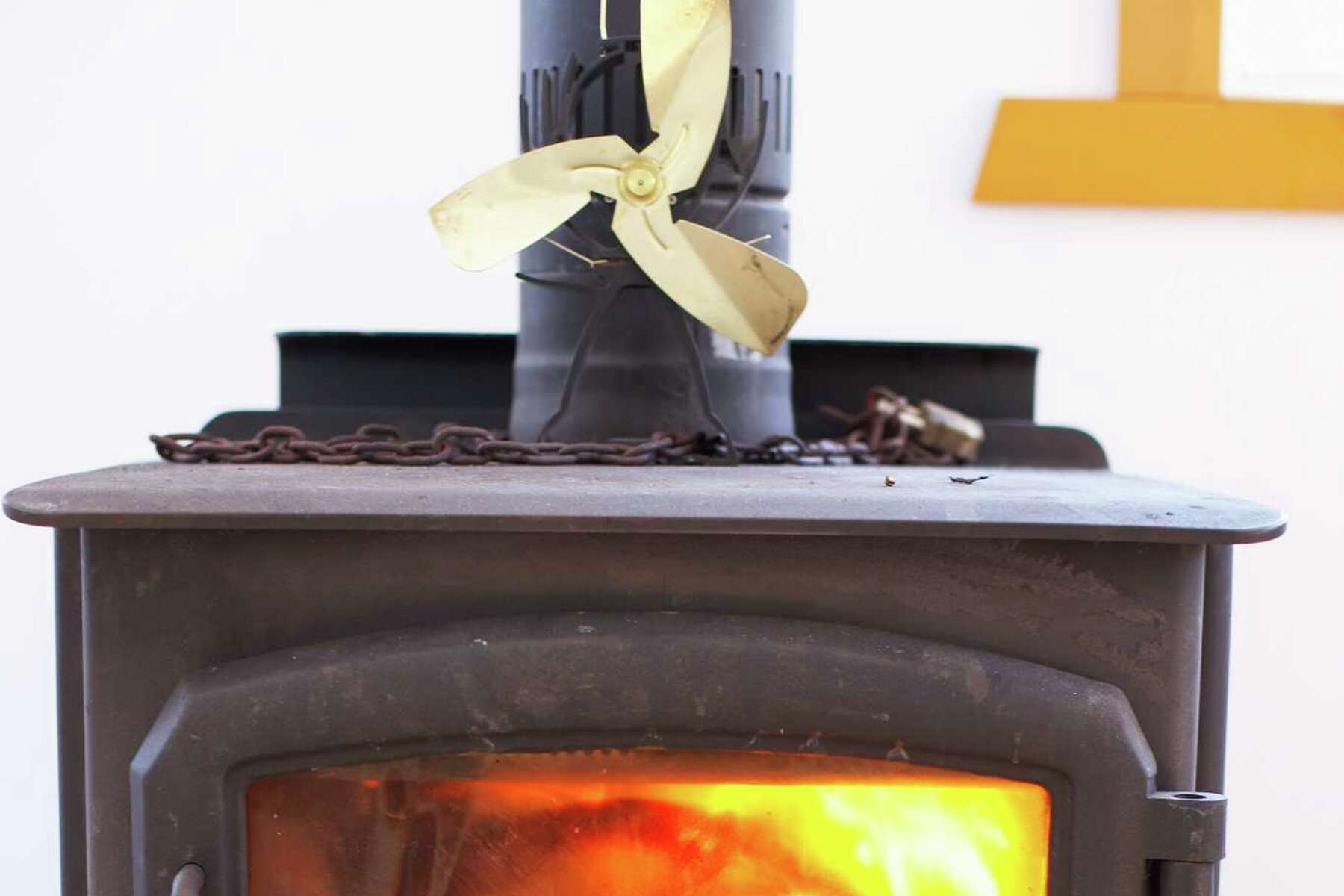
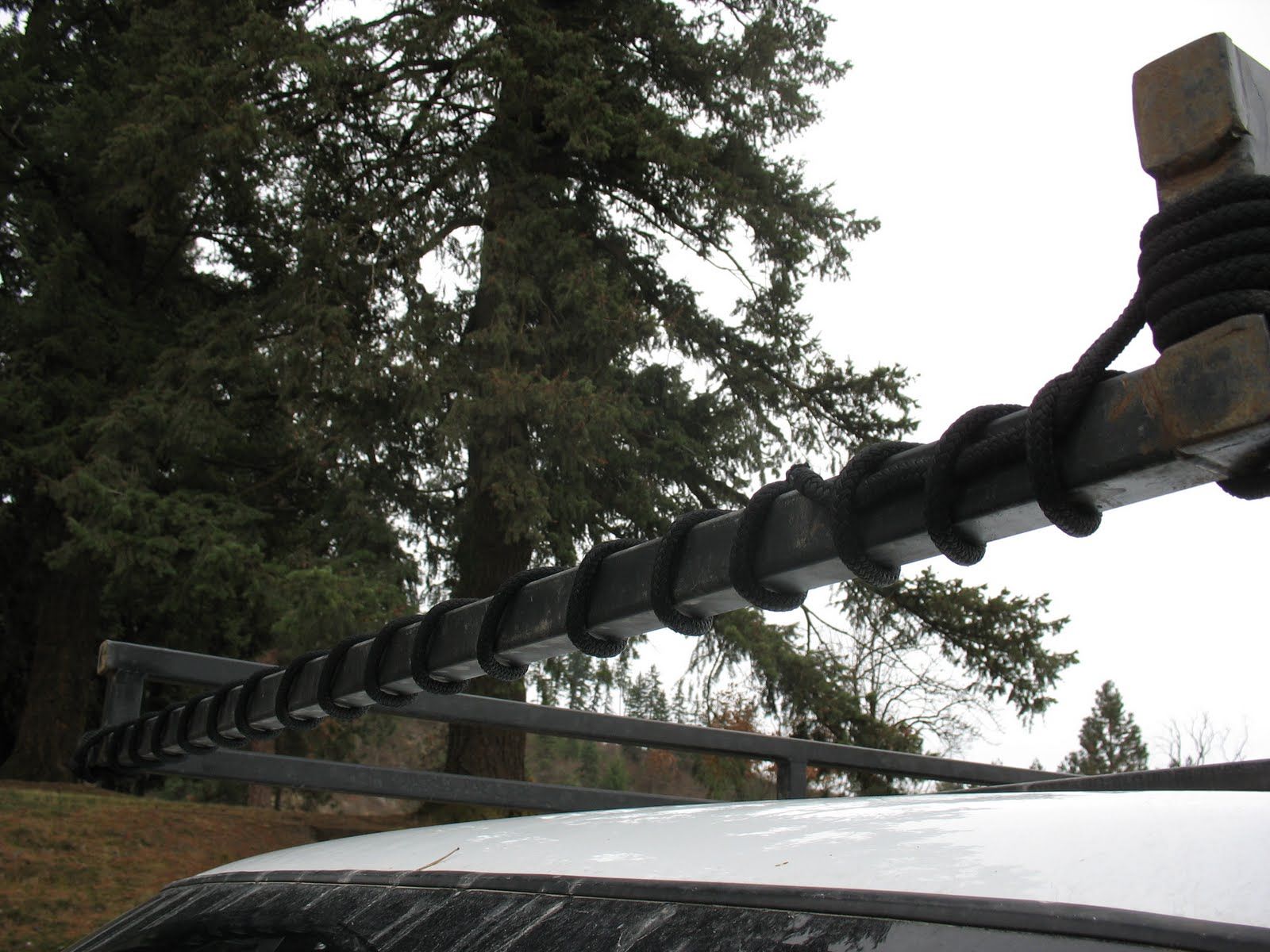
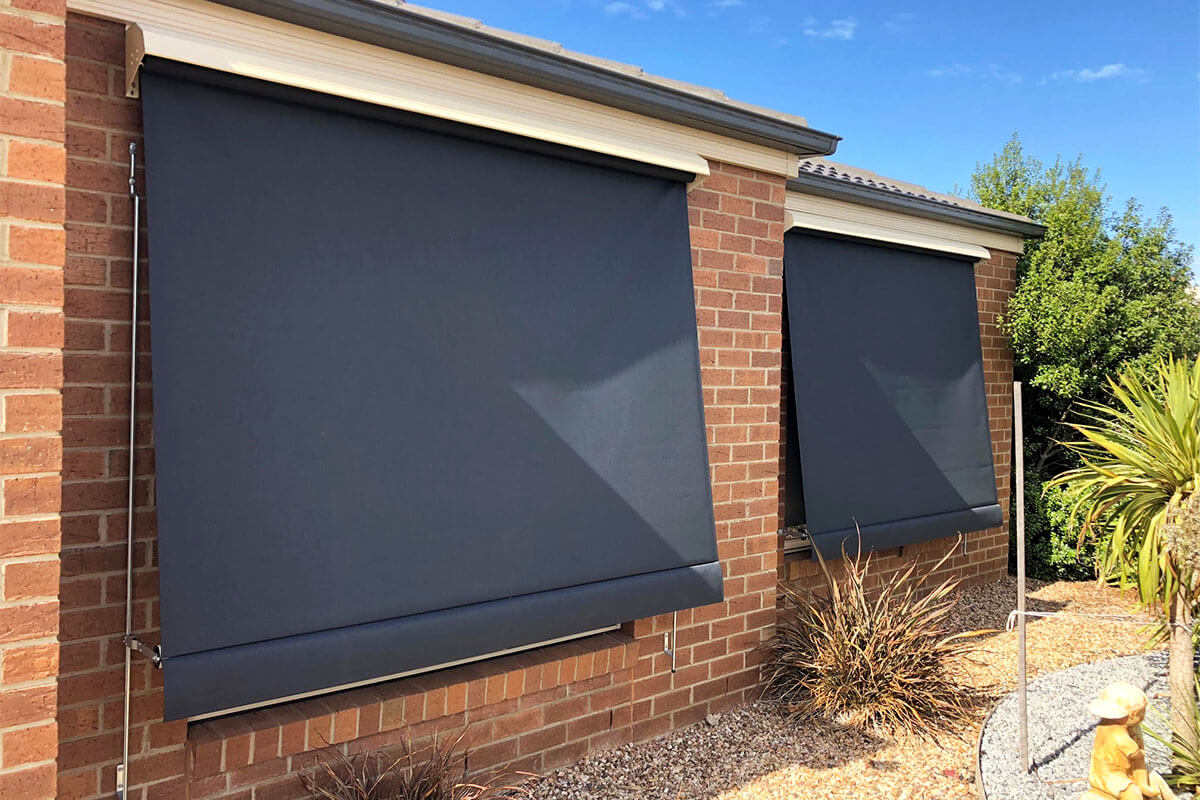
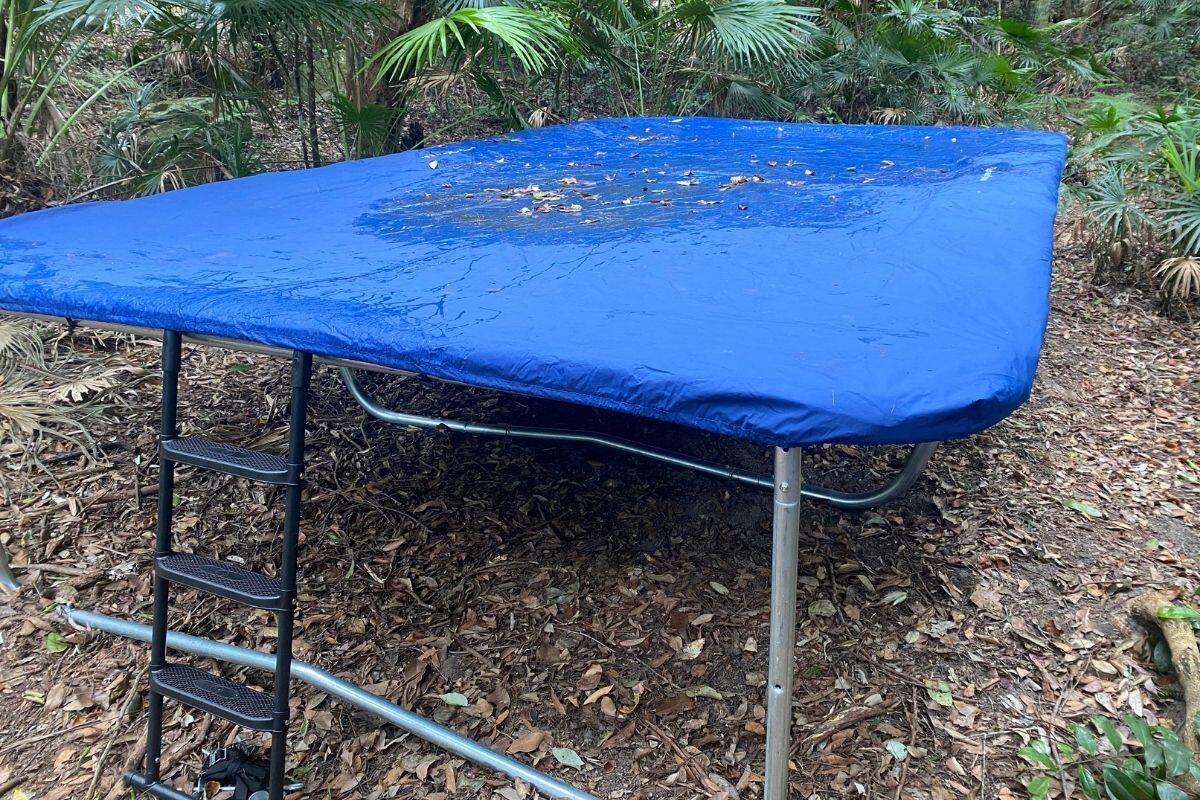
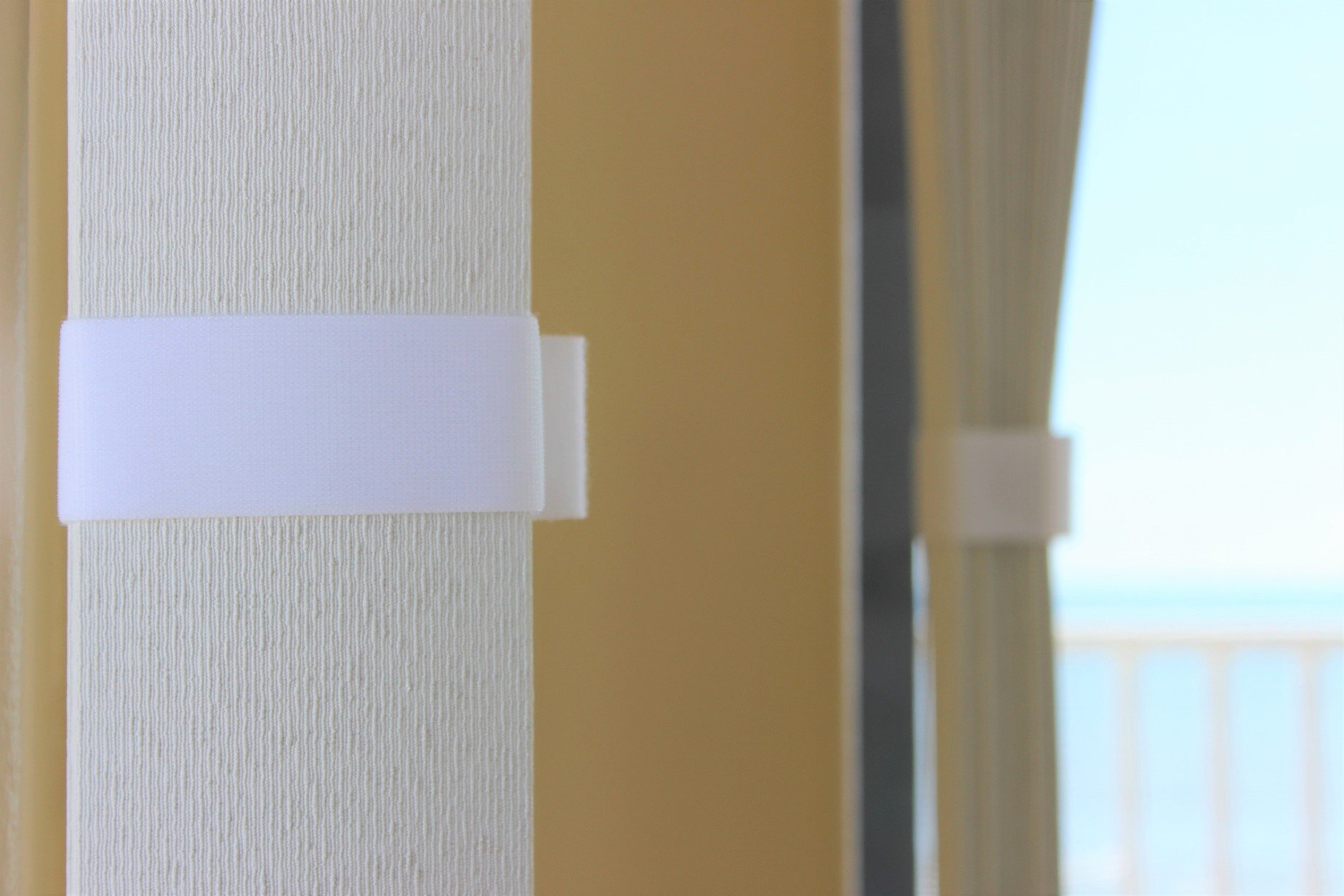
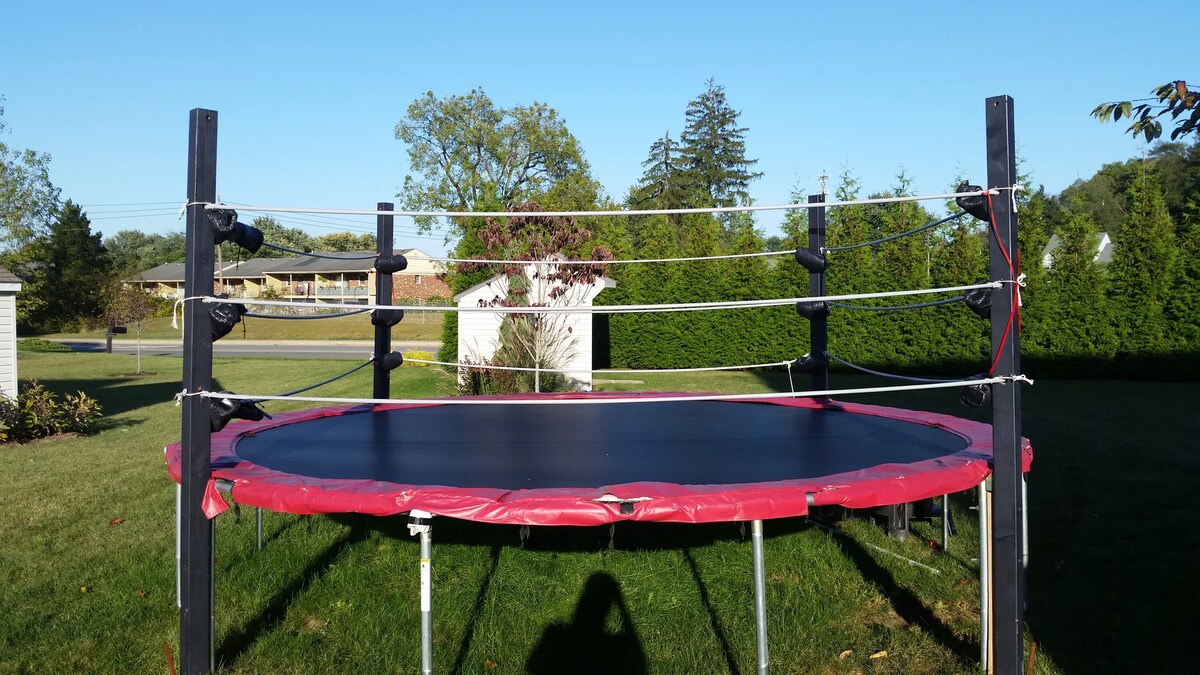

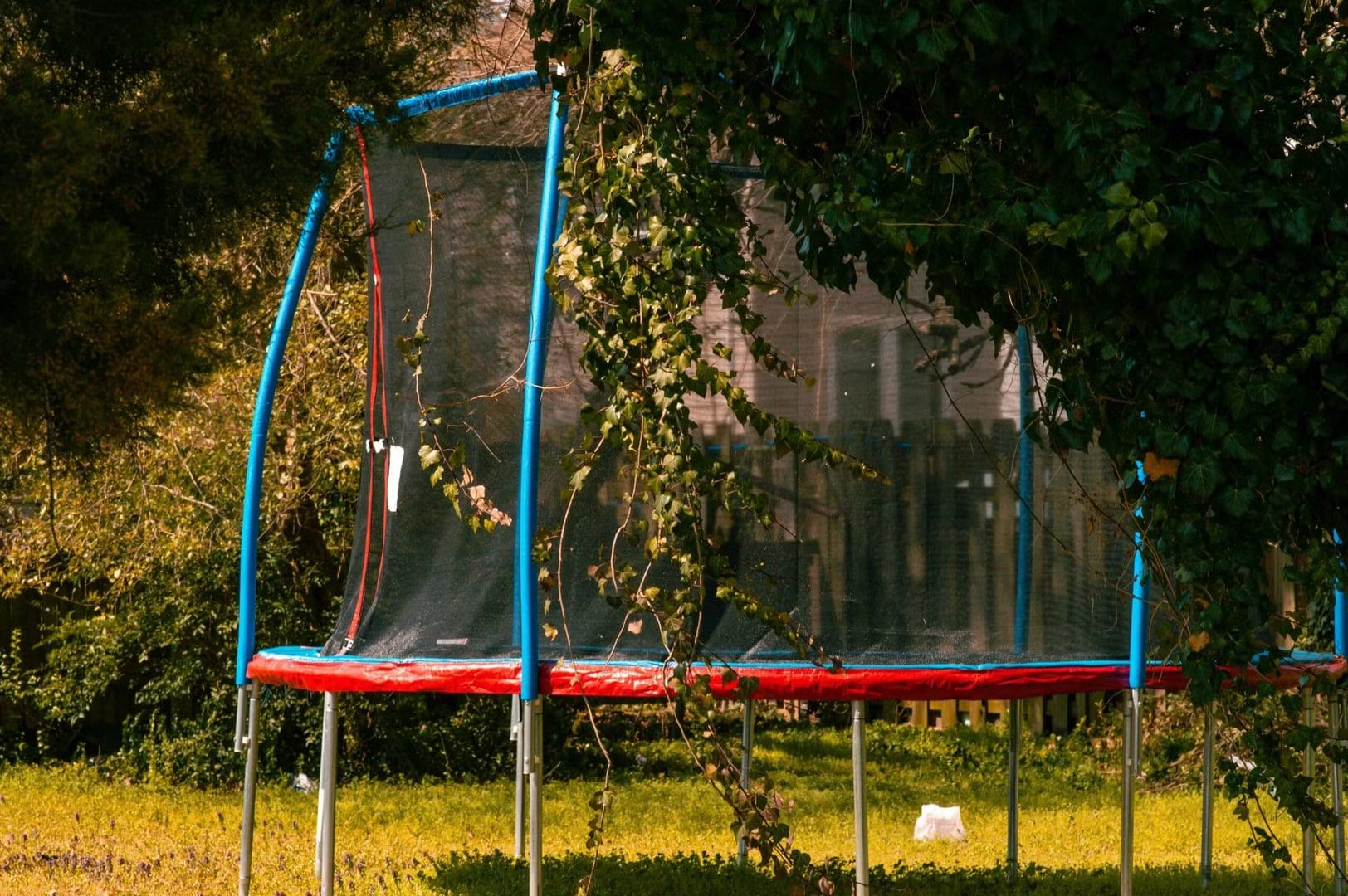
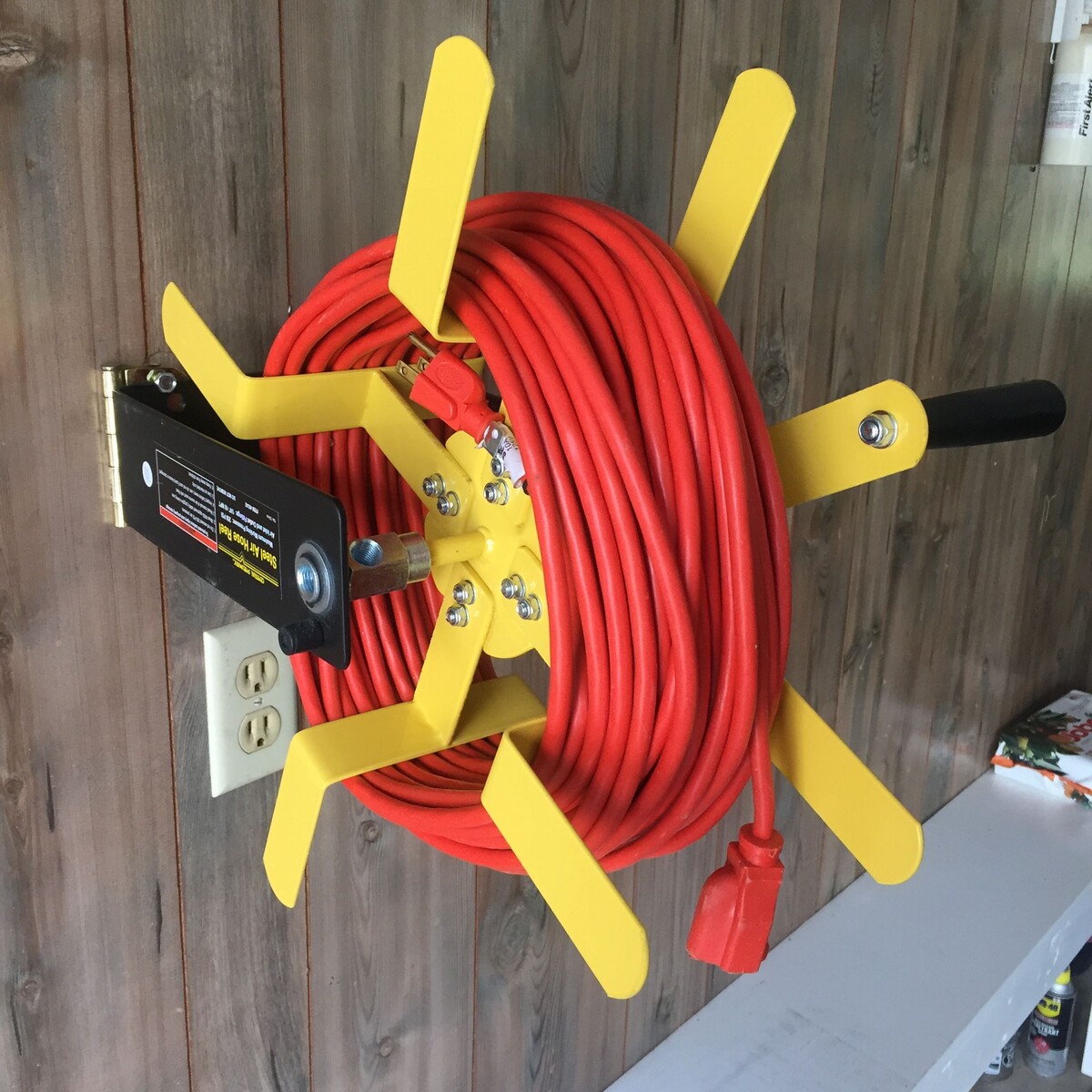



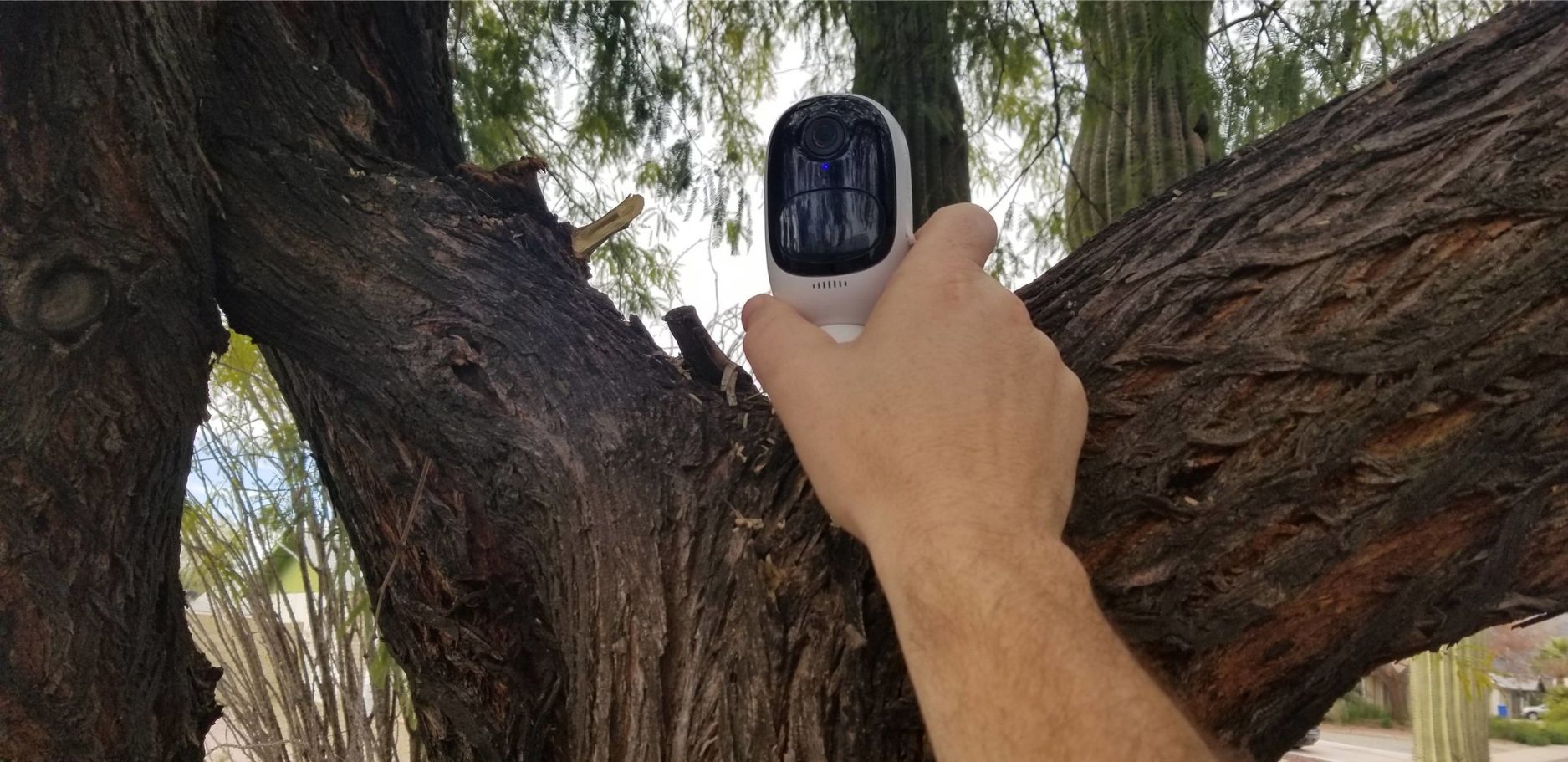
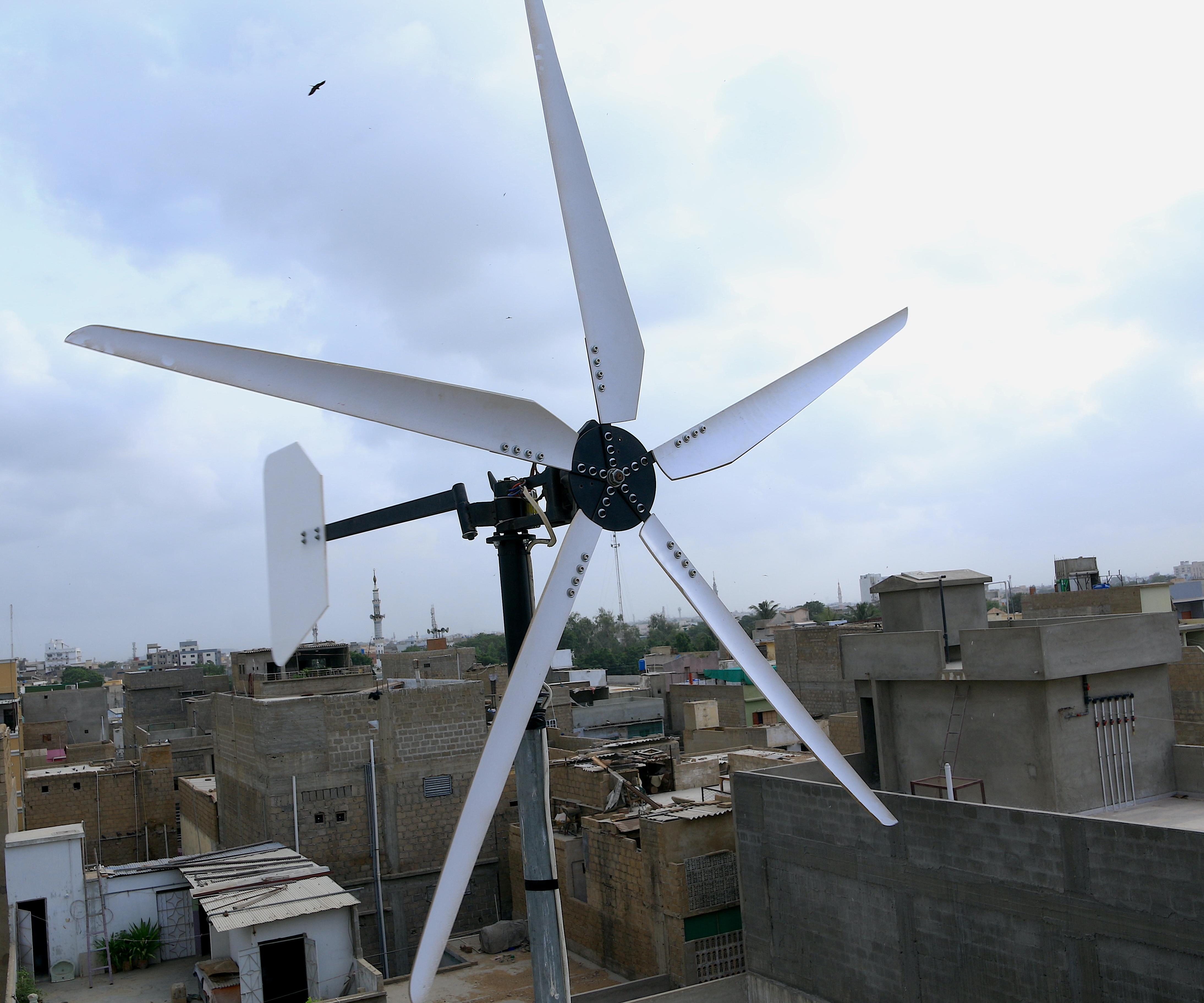

0 thoughts on “How To Secure A Trampoline From Wind”